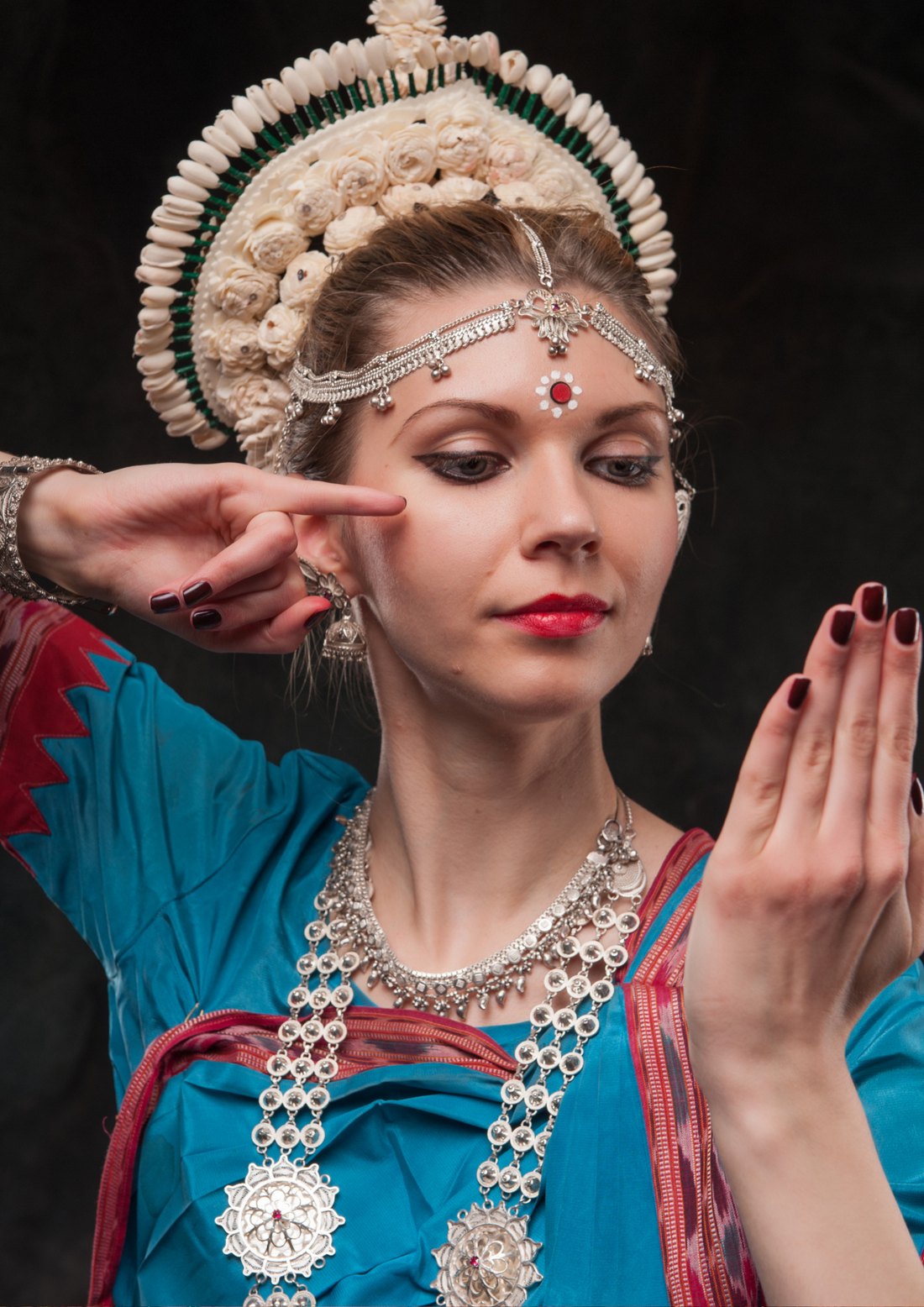Author: Mohammed & Malini
Whether we speak of language, lifestyle, food, or clothing, they all differ from country to country and region to region.Travelling helps us to discover this diversity and rejoice in them. Let's take a quick walk around the world to see some of the most beautiful traditional dresses and why they are so special. This is sure to surprise you.
Kimono

Kimono means “clothing” and was the main clothing for everyone in Japan up to the 19th century. With the arrival of western wears like suits and dresses Kimono is today worn mostly in traditional ceremonies such as weddings, funerals, tea parties, and "adulthood" celebrations (celebrated in the joy of a 20-year-old boy becoming an adult). This traditional dress comes in a variety of colours, cherry blossoms being the most famous of them. Kimonos are paired with cotton socks to complete the outfit.
Kimonos are quite expensive and an authentic silk Kimono can cost up to a million yen. Also, draping this piece of clothing is not as easy as it looks and many women find it difficult. The kimono has become a major attraction for tourists who like to click pictures in these exquisite clothing giving a royal feel to the wearer.
Poncho

Poncho is a type of layered clothing that originated from Central and South America. A rectangular or circular tops with a central opening on the head that hangs loosely from the body. Poncho is a unique design known for their comfort and also provide warmth and protection making it a useful piece of clothing. It is a dress worn by men, women and children. Though to many, this dress seems overwhelming when paired with matching bottoms and footwear they can be chic, modern and functional. It can be designed to compliment every body type and from petite to curvy there is a poncho for every woman. The most popular way to wear a poncho is teaming it up with slim bottom wear since ponchos are by nature a little oversized. To create the casual look, pair them with boots or sneakers and you are sure to look dapper.
Sari

India is a country with diverse and rich culture & traditions. Traditional clothing varies from region to region in India. However, Sari is widely accepted as Indian cultural clothing for women. Saree is worn with a blouse and a skirt around which these 6 yards of pure elegance is wrapped. Saris being the common outfit for women is worn both as everyday wear and also for special occasions.
Special occasion saris stand out for their material, decoration and handwork on them. In India Saris used for special occasions and weddings are usually made of silk decorated with gold or silver border embellished with various kinds of hand or machine embroidery, stones, beads and many more. Cotton and light-weight sarees are usually preferred for everyday use for their comfort and style.
Chut Thai

Chut Thai (Thai outfit) is an umbrella name for different kinds of traditional Thai outfits worn by both men and women for formal occasions in Thailand. 8 official designs were developed by Queen Sirikit and her aids in 1960. They are Ruean Ton, Chit Lada, Amarin, Borom Phiman, Chakkri, Dusit, Chakkraphat and Siwalai Thai dresses. Chut Thai for women contains the following pieces of clothing - cha nung (a long rectangular cloth used as a wrapped skirt); sin (a tube skirt); sabai (a long piece of silk that covers the upper body); and chong kraben. The jewelled belt around the waist helps the dress to stay in place. It may be accessorized with a crown. If you want to try Chut Thai, there are shops in Bangkok that offer photo rentals. This experience is worth spending 100 Baht on.
Pollera

Believed to have originated in 16th century Spanish costume Panamanian Pollera is worn during traditional festivals and private celebrations. A two piece dress, made mostly of cotton and wool, consisting of a shirt and a long skirt usually in white and decorated with various kinds of colourful flowers.
The pollera is always accompanied by expensive jewellery customarily a set of 7 necklaces. The pollera is always worn with matching shoes whose colour should match the latticework on the skirt. A pollera is very expensive because it is made entirely by hand and can take a year or more to be completed. Females usually have two polleras in their life. One is when she is a girl before the age of 16 and one when she is an adult.

